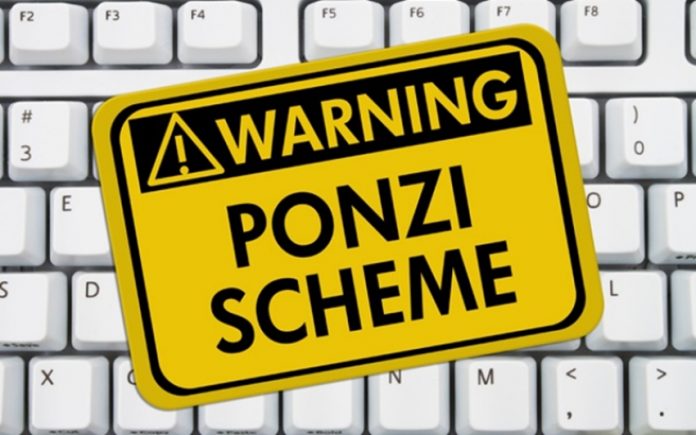
Whether you are a first-time investor or have been investing for many years, there are some basic questions you should always ask before you commit your hard-earned money to an investment.
Too many investors might have avoided trouble and losses if they had asked questions from the start and verified the answers with information from independent sources.
When you consider your next investment opportunity, start with these five questions:
-Is the seller licensed?
-Is the investment registered?
-How do the risks compare with the potential rewards?
-Do I understand the investment?
-Where can I turn for help?
-What is a Ponzi scheme?
A Ponzi scheme is an investment fraud that involves the payment of purported returns to existing investors from funds contributed by new investors. Ponzi scheme organizers often solicit new investors by promising to invest funds in opportunities claimed to generate high returns with little or no risk. In many Ponzi schemes, the fraudsters focus on attracting new money to make promised payments to earlier-stage investors to create the false appearance that investors are profiting from a legitimate business.
Why do Ponzi schemes collapse?
With little or no legitimate earnings, Ponzi schemes require a consistent flow of money from new investors to continue. Ponzi schemes tend to collapse when it becomes difficult to recruit new investors or when a large number of investors ask to cash out.
How did Ponzi schemes get their name?
The schemes are named after Charles Ponzi, who duped thousands of New England residents into investing in a postage stamp speculation scheme back in the 1920s. At a time when the annual interest rate for bank accounts was five per cent, Ponzi promised investors that he could provide a 50% return in just 90 days. Ponzi initially bought a small number of international mail coupons in support of his scheme, but quickly switched to using incoming funds from new investors to pay purported returns to earlier investors.
What are some Ponzi scheme “red flags”?
-Many Ponzi schemes share common characteristics. Look for these warning signs:
-High investment returns with little or no risk. Every investment carries some degree of risk, and investments yielding higher returns typically involve more risk. Be highly suspicious of any “guaranteed” investment opportunity.
-Overly consistent returns. Investment values tend to go up and down over time, especially those offering potentially high returns. Be suspect of an investment that continues to generate regular, positive returns regardless of overall market conditions.
-Unregistered investments. Ponzi schemes typically involve investments that have not been registered with the SEC or with state regulators. Registration is important because it provides investors with access to key information about the company’s management, products, services, and finances.
-Unlicensed sellers. Federal and state securities laws require investment professionals and their firms to be licensed or registered. Most Ponzi schemes involve unlicensed individuals or unregistered firms.
-Secretive and/or complex strategies. Avoiding investments you do not understand, or for which you cannot get complete information, is a good rule of thumb.
-Issues with paperwork. Do not accept excuses regarding why you cannot review information about an investment in writing. Also, account statement errors and inconsistencies may be signs that funds are not being invested as promised.
-Difficulty receiving payments. Be suspicious if you do not receive a payment or have difficulty cashing out your investment. Keep in mind that Ponzi scheme promoters routinely encourage participants to “roll over” investments and sometimes promise returns offering even higher returns on the amount rolled over.
What are some of the similarities and differences between Ponzi and pyramid schemes?
Ponzi and pyramid schemes are closely related because they both involve paying longer-standing members with money from new participants, instead of actual profits from investing or selling products to the public. Here are some common differences:
Typical “hook”
Earn high profits by making one payment and finding others to become distributors of a product. The scheme typically does not involve a genuine product. The purported product may not exist or it may be “sold” only to other people who also become distributors.
Earn high investment returns with little or no risk by simply handing over your money; often the investment does not exist or only a small percentage of incoming funds are actually invested.
Payments
-Must pay a one-time or recurring participation fee and recruit new distributors to receive payments.
-No recruiting necessary to receive payments.
-Interaction with original promoter
-Sometimes none. New participants may enter the pyramid scheme at different levels.
-Promoter generally interacts directly with all participants.
-How the scheme works
-Funds from new participants are used to pay recruiting commissions to earlier participants.
-Funds from new investors are used to pay purported returns to earlier investors.
Collapse
Fast. An exponential increase in the number of participants is required at each level.
May be relatively slow if existing participants reinvest money.
By: www.sec.gov


























